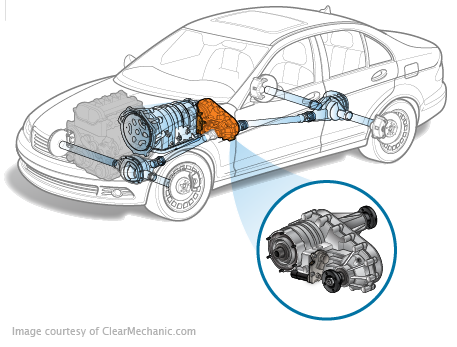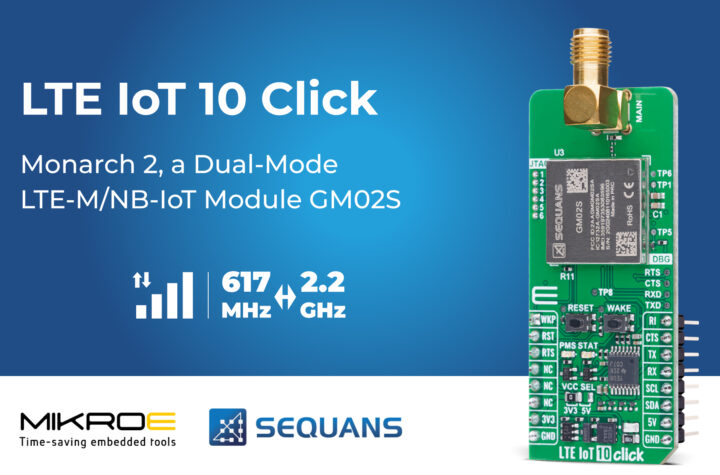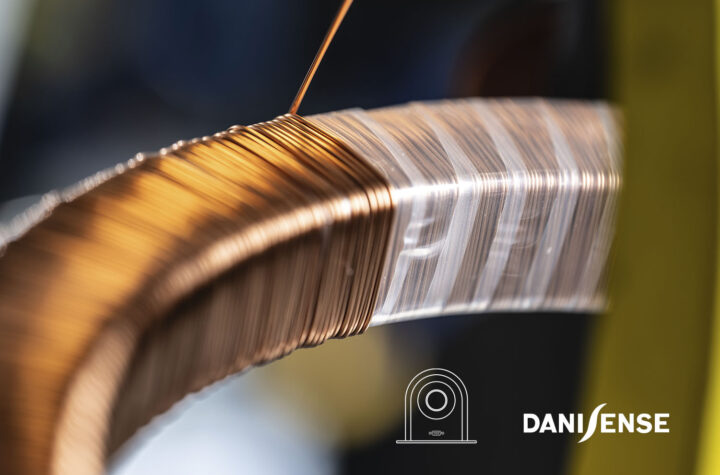
Lithium-metal battery with novel solid electrolyte achieves 1070 Wh/L through cost-effective manufacturing process Towards a sustainable and globally competitive battery value chain in Europe LEUVEN (Belgium), September 19th, 2024— As the coordinator of the H2020 SOLiDIFY consortium, imec, together with 13 European partners, announces the development of a high-performance lithium-metal solid-state battery. The prototype battery pouch cell, manufactured by imec in the state-of-the-art battery assembly lab at EnergyVille, Belgium, features a unique “liquid-to-solid” processed solid electrolyte, jointly developed by imec and the partners. It boasts an impressive energy density of 1070 Wh/L, compared to 800 Wh/L for state-of-the art lithium-ion batteries. The manufacturing process, which is both cost-effective and adaptable to existing lithium-ion battery production lines, paves the way for commercially viable solid lithium batteries for electromobility.
The push towards reducing carbon emissions and combating climate change has led to a surge in electric vehicle (EV) adoption. However, the drive for extended range and faster charging times highlights the ongoing need for high-performance batteries. At the same time, it’s crucial to ensure these batteries are cost-effective, as they currently account for nearly half the price of an EV. Thus, the materials used in these batteries play a key role in determining both their performance and affordability.
Enter solid-state batteries. These batteries use a solid electrolyte material through which ions flow to charge and discharge, instead of the liquid electrolyte used in conventional lithium-ion batteries. This offers potential benefits such as higher energy density and reduced susceptibility to fires. At the material level, the higher energy density of the cell results from the introduction of a thin lithium metal anode together with a sufficiently thin solid electrolyte component. However, developing a cost-effective architecture for their mass production has remained elusive.
Now, within the SOLiDIFY project, imec and its 13 European partners have created a prototype of a high-performance lithium-metal solid-electrolyte battery. The pouch cell, manufactured in the state-of-the-art battery lab of EnergyVille (Genk, Belgium), achieved an exceptional energy density of 1070 Wh/L, compared to the maximum of 800 Wh/L for lithium-ion technologies. Importantly, with a manufacturing process that is manageable at room temperature, adaptable to current lithium-ion battery production lines and projected to cost less than €150 per kWh, this process holds promise for affordable industrial transfer.
This achievement was realized through careful evaluation and optimization of new materials and advanced coatings, provided by the partners. For the prototype’s solid electrolyte, a doped polymerized ionic liquid (PIL)-based nanocomposite material was used, enabling a unique “liquid-to-solid” solidification approach. The high energy density was achieved by combining a high-capacity composite cathode, separated from a thin lithium metal anode by a thin solid electrolyte separator (50 μm), which resulted in a compact battery cell stack. In addition, the consortium overcame mechanical strength and cathode impregnation challenges to increase the cell’s charge rate to 3 hours and lifetime to 100 cycles. Compared to liquid electrolytes, the thermally stable solid cell had a reduced flammability, improving safety. The application of nanometer-thin protective coatings enabled the use of cobalt-lean NMC cathodes, reducing environmental impact while providing higher capacity.
Next steps include further upscaling of this high-performance battery technology. Additionally, imec aims to continuously increase energy and power density of energy storage technologies, also researching next-generation cathode materials and lithium-metal anodes using electroplating.
The SOLiDIFY consortium consisted of 14 partners, with research centers imec/EnergyVille (Belgium), Fraunhofer (Germany), Centro Richerche Fiat SCPA (Italy), and Empa (Switzerland), Hasselt University/EnergyVille (Belgium) and Delft University of Technology (The Netherlands); as well as industry partners VDL Groep (The Netherlands), Umicore (Belgium), Solith (Italy), SOLVIONIC (France), Sidrabe (Latvia), Leclanché (Switzerland), Gemmate Technologies (Italy) and Powall (The Netherlands). The project has received funding from the European Union’s Horizon 2020 research and innovation program under grant agreement No 875557 and was coordinated by imec.
Further information on the project can be found at www.solidify-h2020.eu
Imec is a world-leading research and innovation center in nanoelectronics, digital technologies and energy. Imec leverages its state-of-the-art R&D infrastructure and its team of more than 5,500 employees and top researchers, for R&D in advanced semiconductor and system scaling, silicon photonics, artificial intelligence, beyond 5G communications and sensing technologies, and in application domains such as health and life sciences, mobility, industry 4.0, agrofood, smart cities, sustainable energy, education, … Imec unites world-industry leaders across the semiconductor value chain, Flanders-based and international tech, pharma, medical and ICT companies, start-ups, and academia and knowledge centers. Imec is headquartered in Leuven (Belgium), and has research sites across Belgium, in the Netherlands and the USA, and representation in 3 continents. In 2023, imec’s revenue (P&L) totaled 941 million euro.
Further information on imec can be found at www.imec-int.com
\Imec is a registered trademark for the activities of imec International (IMEC International, a legal entity set up under Belgian law as a “stichting van openbaar nut”), imec Belgium (IMEC vzw supported by the Flemish Government), imec the Netherlands (Stichting IMEC Nederland supported by the Dutch Government), imec Taiwan (IMEC Taiwan Co.), imec China (IMEC Microelectronics (Shanghai) Co. Ltd.), imec India (IMEC India Private Limited), imec San Francisco (IMEC Inc.) and imec Florida (IMEC USA Nanoelectronics Design Center Inc.).













More Stories
Automating ECU testing for automotive transfer cases using HIL
New LLC Switcher IC From Power Integrations Delivers 1650 W of Continuous Output Power
LTE IoT 10 Click Click board from MIKROE provides reliable IoT connectivity